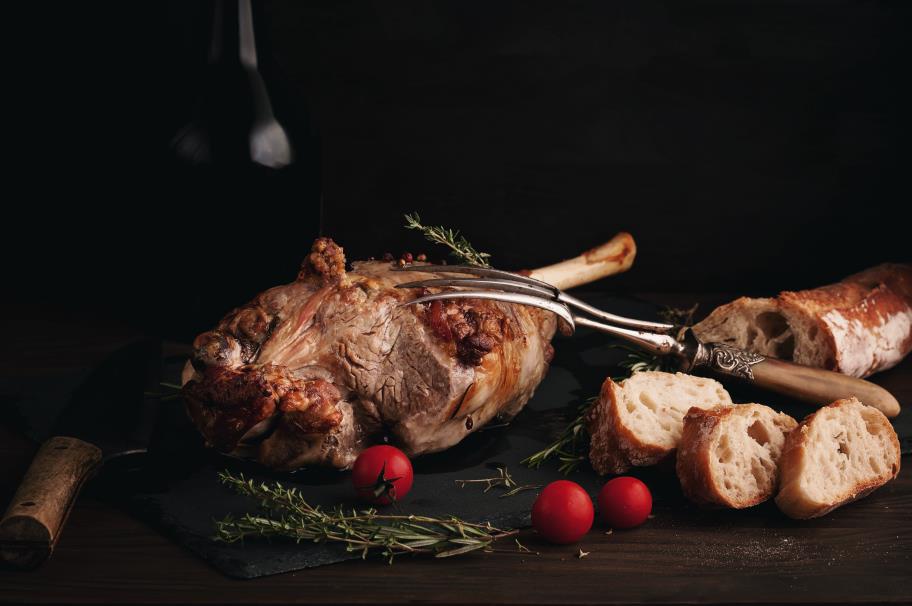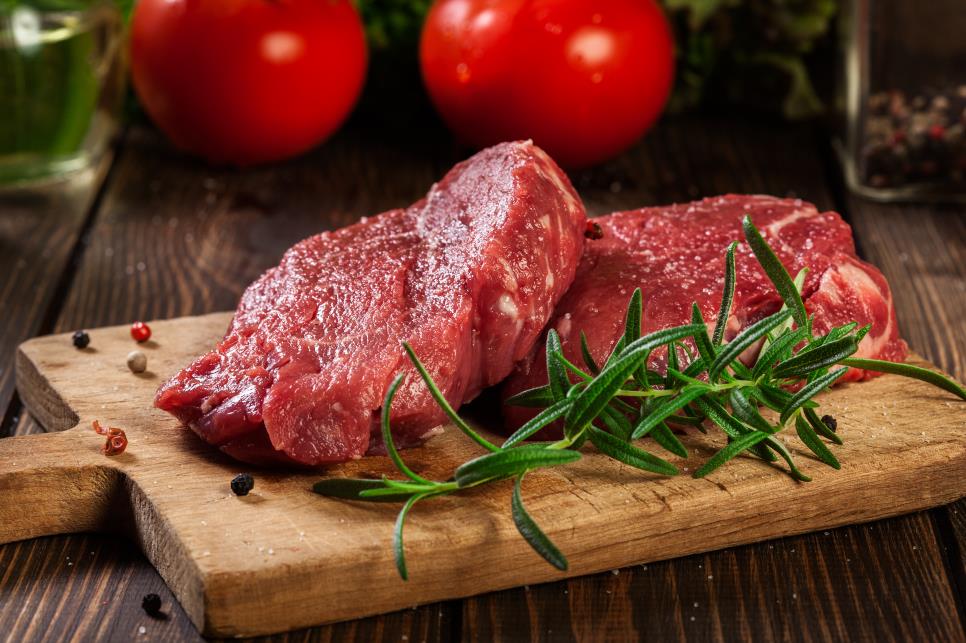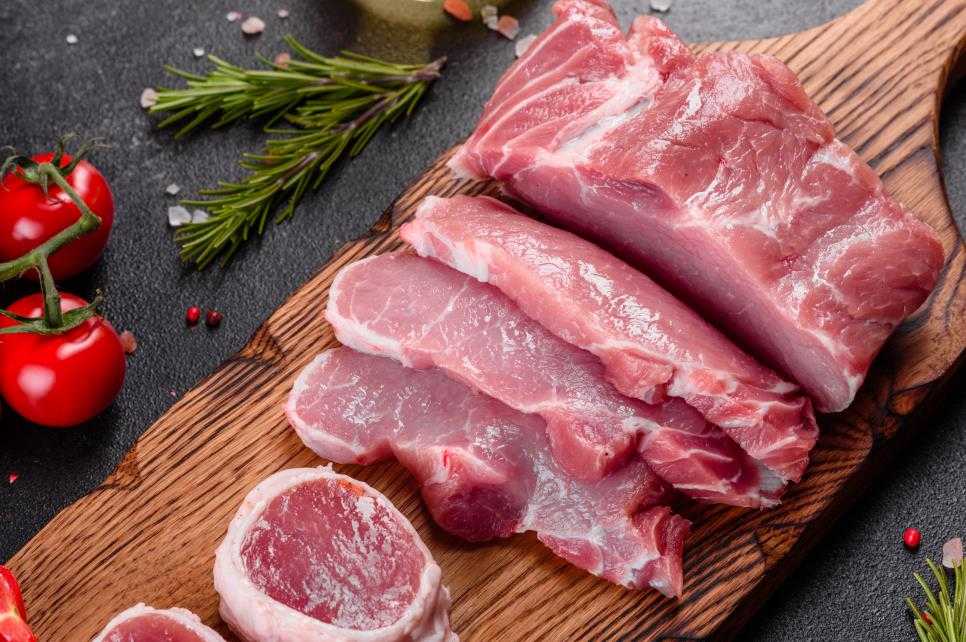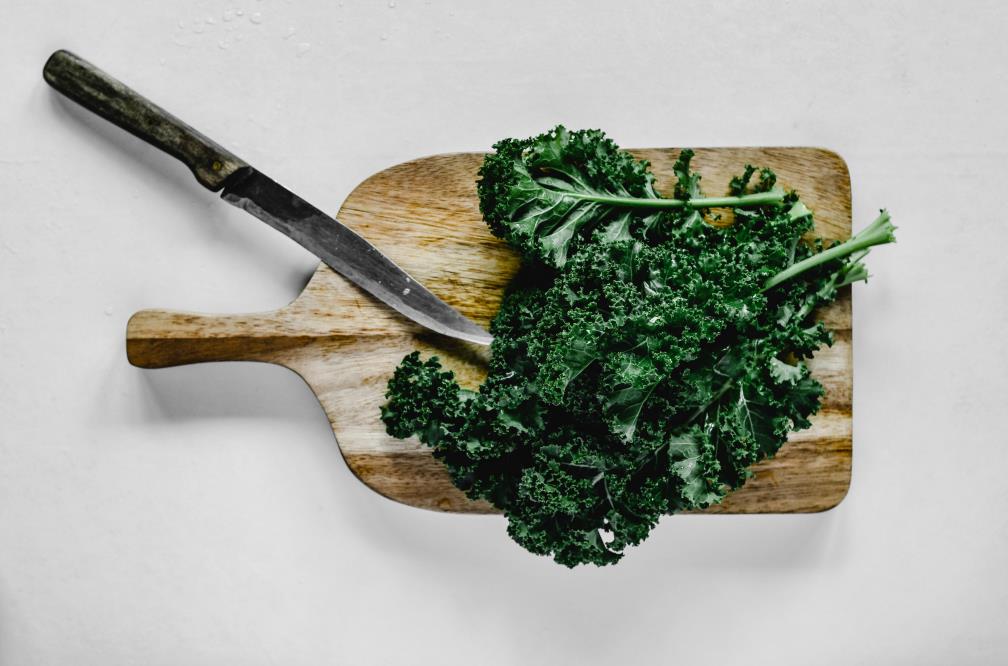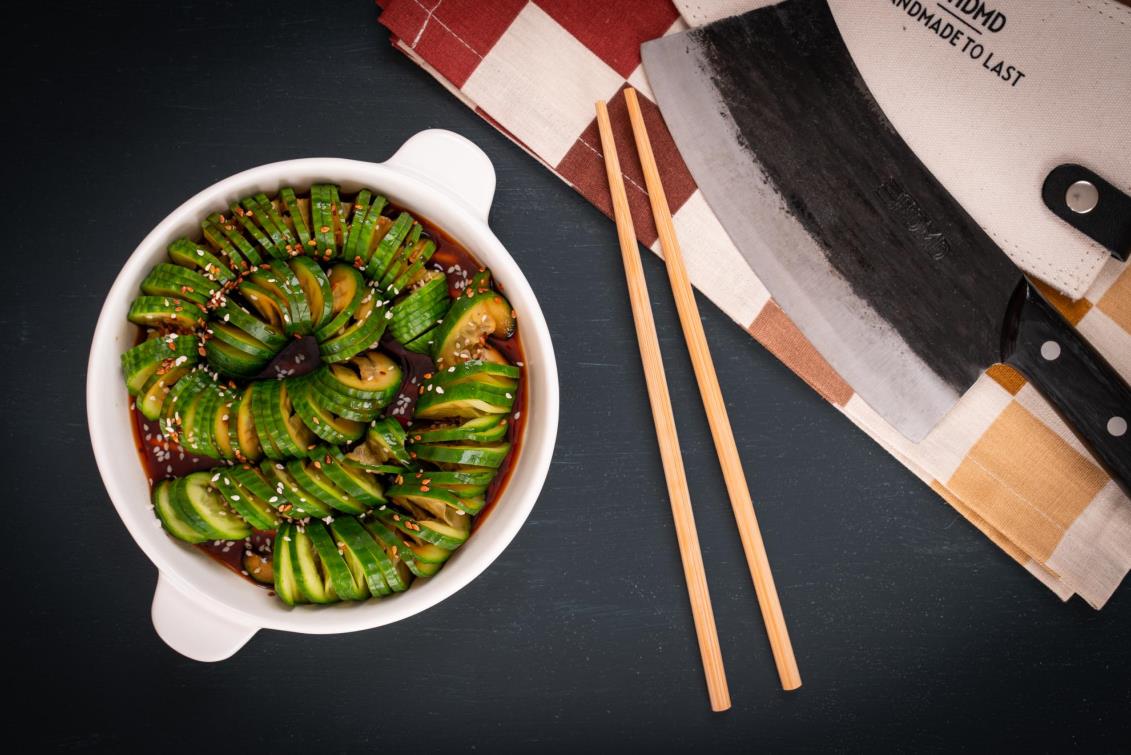In many articles related to kitchen practice and in particular knife skills, you’re going to be confronted with the instruction to cut lengthwise or to cut crosswise.
For the spatially inept amongst us and for those dealing with recipes that are perhaps poorly written or unclear, it’s important that we know what these terms mean, and how to put them into practice in our kitchens at home.
This article is going to examine both lengthwise and crosswise in terms of knife methodology and how to use these two oh so useful knife directions for daily chopping and slicing success!
Table of contents
What does lengthwise mean?
Simply put, to cut something lengthwise means to cut it along its longest area. For easy reference, have a look at the picture below which shows a papaya cut lengthwise or across its length.

What does crosswise mean?
Again, to put it simply, to cut something crosswise simply means to cut it along its widest area. For easy reference, have a look at the picture below which shows a papaya cut crosswise or across its width.
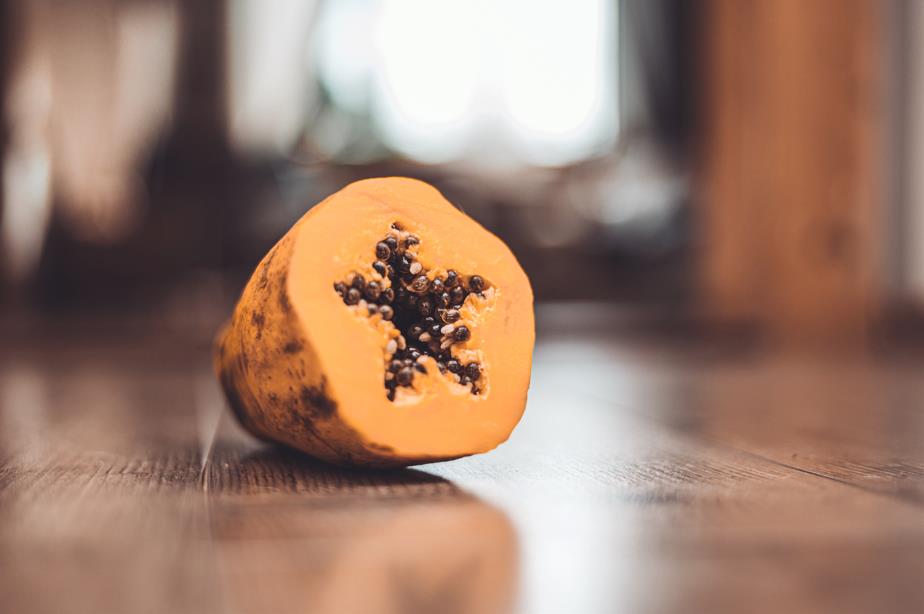
You can see how the two cutting techniques differ quite clearly. In the first example, cutting lengthwise, you’re following the length of the item with your knife.
In the second example, cutting crosswise, you’re following the width of the item with your knife.
Lengthwise vs crosswise
Let’s look at this another simple way by using a globe visual. Look at the terrestrial (Earth) globes below –
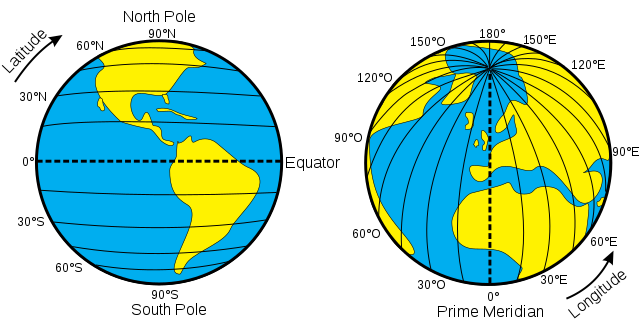
As you can see, the globe on the left shows lines of latitude, and the globe on the right shows lines of longitude. On a round item like a globe or like an orange or apple you’re cutting up, it’s hard to describe a widest or longest point but the general principle is the same.
For lengthwise you would be cutting according to the horizontal width of the item (left globe), cutting in lines that follow the direction of the lateral lines going across the globe example horizontally.
For crosswise, you would be cutting according to the vertical width of the item (right globe), cutting in lines that follow the direction of the vertical lines going across the globe example vertically.
So, if you picture the ingredient or item that you’re chopping in those terms, you’ll find it much easier to determine where lengthwise and crosswise lie directionally in terms of using your knife.
How to cut lengthwise
Now, we’re going to use the humble but readily available and familiar banana as our example item.
Go get a banana, peel it, and place it horizontally on the chopping board in front of you. Have your trusty and sharp chef’s knife to hand.
By horizontally we mean it’s lying with it’s length following the line of your body from hip to hip.
Now cut the banana lengthwise along it’s middle, from its stem end to its base end. You’ll end up with a banana that looks like the picture below –
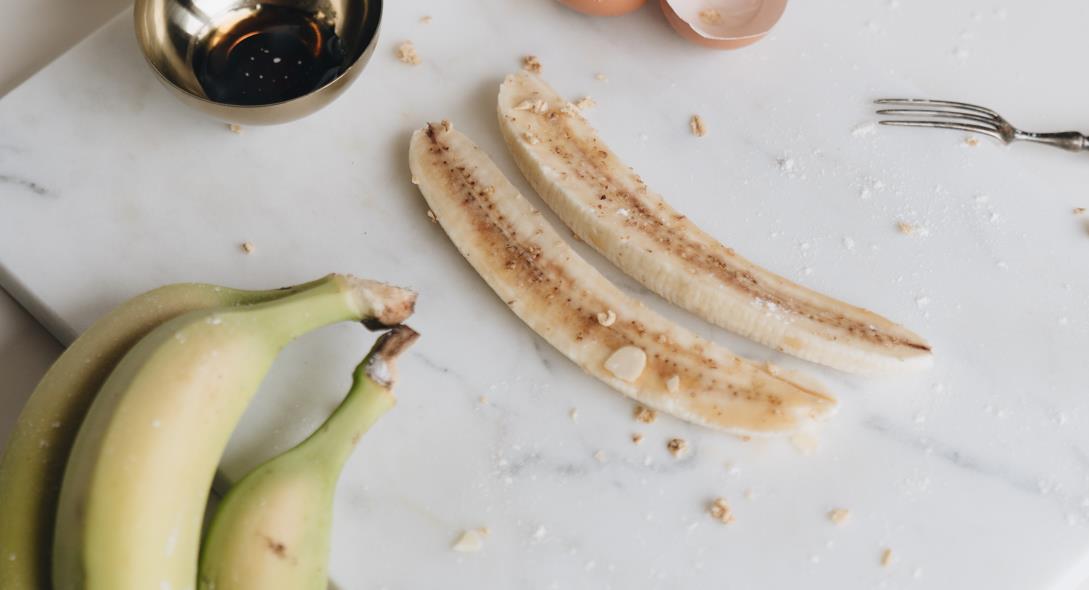
Whatever the ingredient or item it is that you’re chopping or cutting, that is what it means to cut something lengthwise or to slice it in a lengthwise fashion.
How to cut crosswise
Again, with your trusty chef’s knife and your chopping board to hand, find yourself a lovely banana to massacre and peel it.
Now place the banana horizontally on the chopping board in front of you, so that its length is following the line of your body from hip to hip.
Now hold your arm out straight in front of you over the banana. You’ll see that your arm bisects or goes across the banana vertically. That’s the way your knife is going to cut crosswise, in as many increments as you want/need.
Starting at one end of the banana and working along its length, cut down vertically once, leave a small space, and cut down vertically again. This will result in slices of banana that you have cut crosswise. You’ll end up with banana cut into slices as in the picture below –
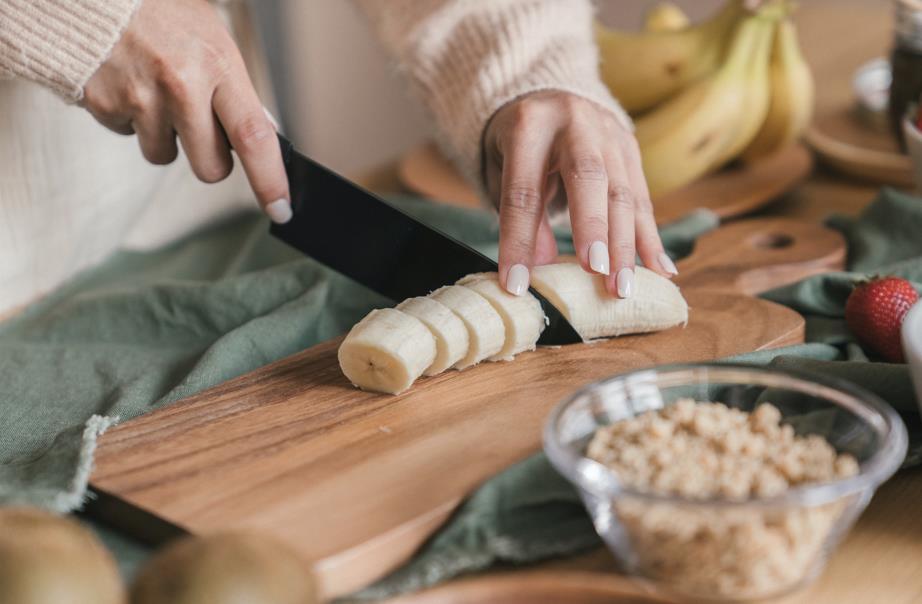
Whatever the ingredient or item it is that you’re chopping or cutting, that is what it means to cut something crosswise or to slice it in a crosswise fashion.
Handpicked for you
True cutting power in the palm of your hand
How do I know whether to cut lengthwise or crosswise?
The first step is to consult your recipe or the cooking instructions. A well written and clear recipe will clearly state what needs to be done as to cutting method and direction.
Recipes that come with picture guides are particularly helpful and if you’re a novice cook it might be wise to stick to recipes that have pictures showing you how to cut step-by-step as the recipe proceeds.
Once you’re familiar with different ingredients and have gotten into the swing of chopping different items, choosing the proper cutting direction will become second nature.
Meat and meat grain – what does it all mean?
As if cutting lengthwise and crosswise wasn’t enough, you’ll often find the terms grain and cutting across the grain applied to meat recipes/instructions!
Now, don’t panic.
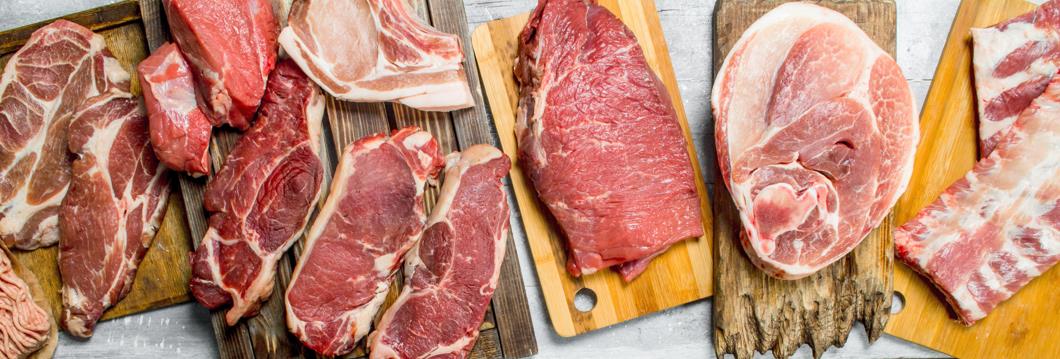
Look at the picture above of the raw meat. You can see quite clearly in the picture that the ‘threads’ or ‘strings’ of muscle in the meat are visible and running across the meat.
That is all meat grain means, it means which way or direction the muscles in the meat are running.
In best meat butchery practice, it is accepted that cutting meat ‘across the grain’ is superior to cutting it any other way.
Cutting meat across the grain
Basically, cutting meat across the grain is to cut opposite to the way the threads of the muscles in the meat are running.
If you place a steak in front of you and the muscle fibers are running horizontally across the meat, you’re going to cut across the grain by cutting down vertically through those horizontal lines and thus divide the meat into pieces.
If the muscle fibers are running vertically through the meat, you’re going to cut across the grain by cutting down horizontally through those vertical lines and thus divide the meat into pieces.
This is the best way to butcher your meat as the muscle fibers are divided and shortened-making them beautifully soft and easy to chew and ensuring that your cut of meat cooks and eats very tender.
In conclusion
Understanding the terms lengthwise and crosswise is a necessary evil when it comes to knife technique. We hope that this simplistic and clear look at knife and cutting direction have helped you.







